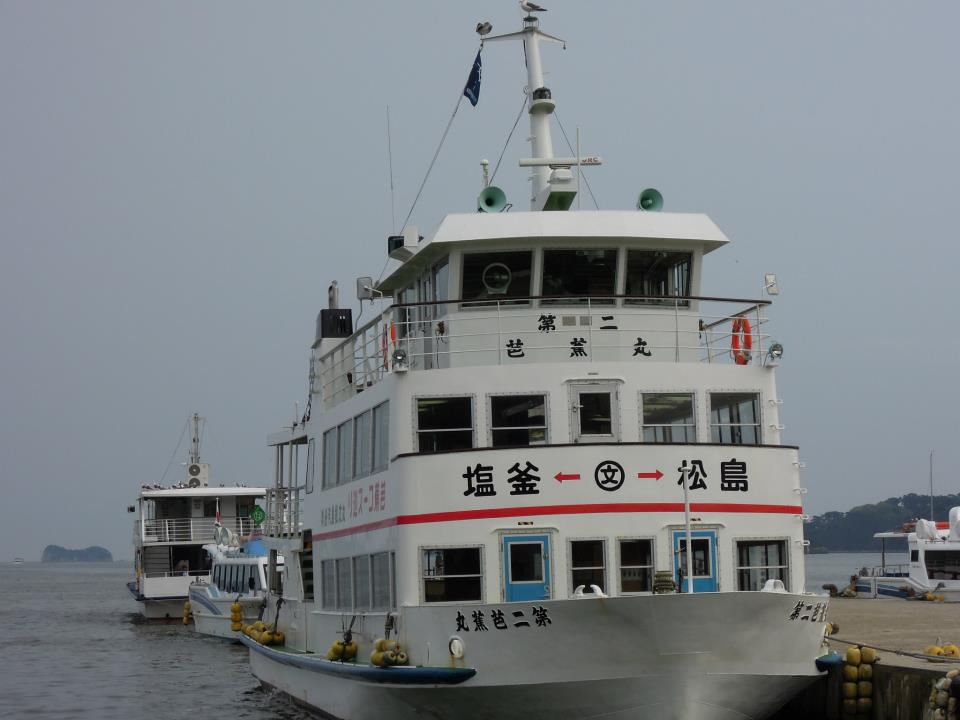67. The "Literature" Radical: 文
Although literature is often quite complex, that's not true of the "literature" radical, 文. That is, this four-stroke radical barely has enough presence in the Joyo set to pose any complications.
On Duty and Off
Our radical is on duty in the following kanji:
文 (68: letter, character, writings)
斑 (2098: spot, speck; unevenness)
It's merely the component in these:
対 (336: opposite; to oppose)
蚊 (1056: mosquito)
紋 (1857: crest; family crest; pattern)
There! That's the sum total of its service in the Joyo world!
Etymological Connections
To say that 文 plays a part in those kanji may even be generous if one considers strict etymology.
Here's 文 in one of its ancestral forms:

Henshall observes that 文 originally had a different shape and meant "beautifully, intricately patterned overlaid collar." That's quite specific—and nothing like its current meaning, "literature."
Meanwhile, Kanjigen posits that 文 originally meant "intricate patterns" in connection with the elaborate straw-rope patterns (縄文, じょうもん) found on prehistoric Japanese pottery. The same source notes that because Chinese characters are such intricate drawings, 文 came to mean "letter, character." And because these characters "decorate" people's lives in intricate ways, 文 later acquired the meaning of "culture" (as in 文化, ぶんか: culture).
In 紋 (1857: crest; family crest; pattern), the 文 is true to this earlier meaning of "intricate pattern," says Henshall. Kanjigen notes, in fact, that 紋 was originally written as 文.
In 斑 (2098: spot, speckle; unevenness), as well, the 文 means "pattern," according to Henshall in his newer edition. This is no surprise, given that 斑 often pops up in words having to do with patterns. For instance, there's this wonderful-looking word, which has an ABAB pattern with 王 and 文 shapes:
斑文 (はんもん: speckles; spotted pattern)
By contrast, the history of the 文 shape has no bearing on the remaining two kanji in our list. According to Henshall, the left side of 対 (336) used to be 業, meaning "musical instrument." The current 文 is a simplification that has nothing to do with literature. And in 蚊 (1056), says Kanjigen, the 文 represents the sound of a mosquito's buzzing in flight!

Photo Credit: Yoshikazu Kunugi
It may look as if the 文 in the circle is for the "literature" radical, but unfortunately that's not the case. That's simply the logo for the company that operates this sightseeing boat. It's moored here in the city of Matsushima, which is on Matsushima Bay in Miyagi Prefecture.
Here are the other kanji in the picture:
第二 (だいに: second; number 2)
芭蕉 (ばしょう: name of a famous 17th-century haiku poet who traveled through Matsushima and was deeply impressed by its beauty)
-丸 (-まる: suffix for ship names)
塩釜 (しおがま: place name
松島 (まつしま: place name)
The Basho cruise goes between Shiogama and Matsushima.
Names of the Radical
Joy o' Kanji calls 文 the "literature" radical. So does Nelson, who uses the nickname "literary." Another possibility is the "script" radical.
As for Japanese names, we can generally refer to the 文 radical as ぶん.
Not the Radical Here
The 文 radical looks like it would be a component in a few other kanji, such as these:
斎 (1291: purification, abstinence)
斉 (1473: equal; alike)
However, in both cases the whole radical (and the on-duty radical) is 斉 (radical 210: the "alike" radical). This shape is a component in two more Joyo kanji, as essay 1473 explains.
